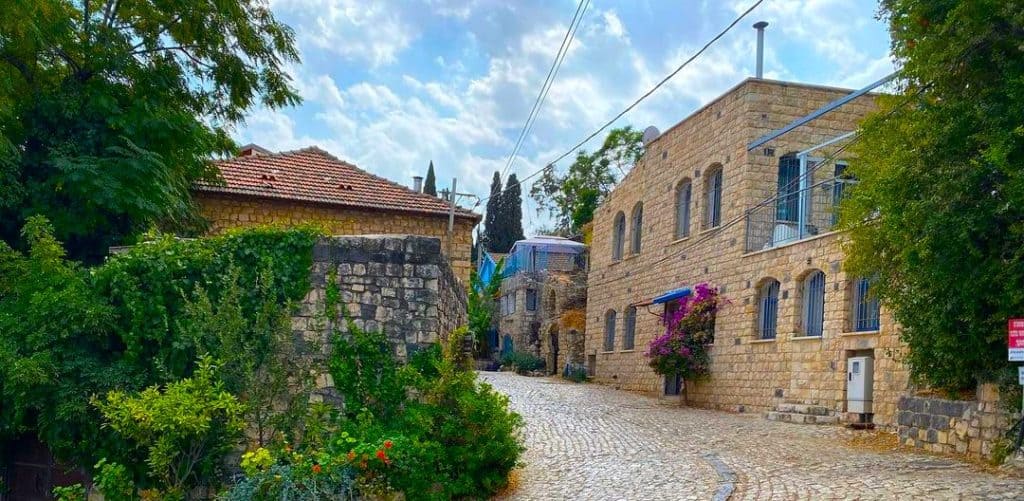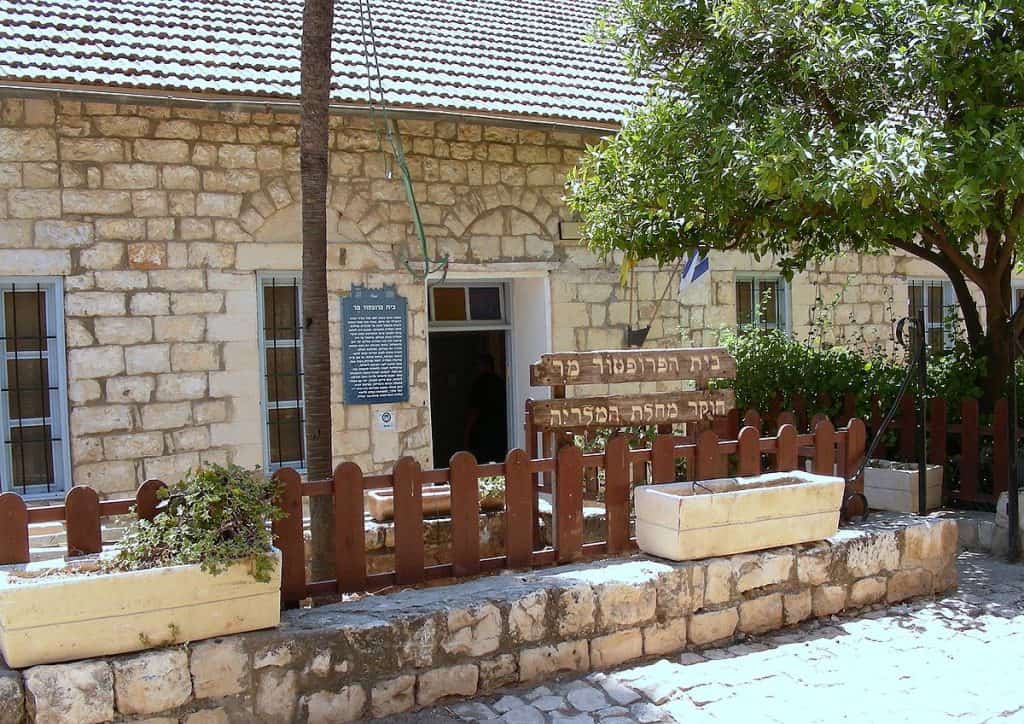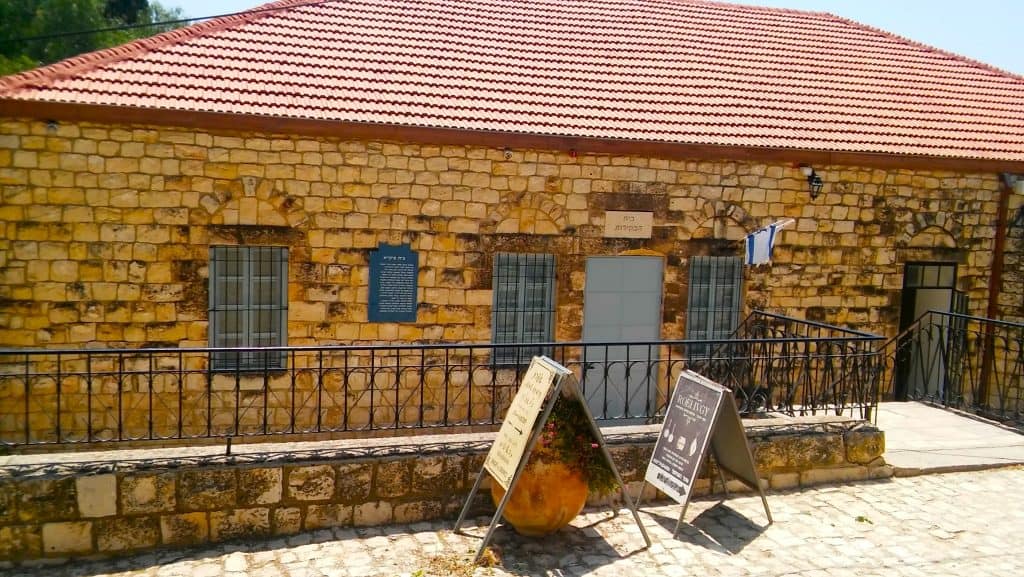Rosh Pina is a small town located in the Galilee, situated atop a hill overlooking the Hula Valley. It is one of the oldest colonies in the country and has a rich history dating back to the 1800s. The town is known for its picturesque cobblestone streets, old stone houses, and stunning views of the surrounding landscape.

Things to Do in Rosh Pinna
Visitors of Rosh Pinna can explore the historic synagogue, charming coffee shops, and traditional markets in the town center. One of the main attractions in Rosh Pina is the Rosh Pina Cemetery, which is the final resting place of many of the town’s founders and early settlers. The cemetery is peaceful and serene, surrounded by stunning views of the Galilee Mountains. In addition, there are lots of galleries and artists that live in Rosh Pinna. For example, the Well Gallery is worth a visit!
Another popular destination near Rosh Pina is the Hula Nature Reserve, a wetland area home to a diverse range of wildlife, including hundreds of species of birds. Visitors can take guided tours, go birdwatching, or enjoy the many trails along the reserve. Another Nature reserve worth hiking is Rosh Pinna Nature Reserve. You can cover super easy trails in just a couple of hours.
Rosh Pinna is also a great place to experience the local cuisine, with a range of restaurants serving traditional dishes made from locally grown ingredients. Visitors can sample delicious falafel, hummus, and shakshuka and enjoy a cup of strong Arabic coffee or a glass of locally made-wine.
In conclusion, Rosh Pinna is a hidden gem in Israel that offers visitors a unique blend of history, nature, and culture. Whether you’re interested in exploring the town’s rich heritage, taking in the stunning views, or simply relaxing and enjoying the local cuisine, Rosh Pina is a must-visit destination for anyone traveling to the Northern region of Israel.
The History of the Colony
Around 1878, the Arab village of al-Ja’una sold half its lands to Jews from Safed to fund the emigration of some of the villagers to the Hauran. Led by Elazar Rokah, the Jews moved into al-Ja’una, living among the Arabs for fear of being unable to cope with Bedouin raids. They called their settlement Gei Oni (“Valley of my Strength”), a Hebrew adaptation of the Arabic name.

Credit: Atlas Nini, CC BY-SA 3.0, via Wikimedia Commons
After one year of good harvests, a year of drought saw the Arabs mortgage their lands to moneylenders, but the Jews were unwilling to do the same and left. In 1882, the settlement was renewed as a colony by immigrants from Romania, who named it Rosh Pinna (“cornerstone”) after Psalm 118:22:
“The stone which the builders rejected has become the cornerstone.”
Psalm 118:22:

Credit: Atlas Nini, CC BY-SA 3.0, via Wikimedia Commons
Rosh Pinna was one of the first modern Jewish agricultural settlements in the Land of Israel, then part of the Turkish Ottoman Empire. In 1883, it became the first Jewish settlement in the Land of Israel to come under the patronage of Baron Edmond James de Rothschild. His agent Joshua Ossovetski expanded the colony with more land from Safed and Ja’una. Rosh Pinna had good relations with Ja’una, even establishing a modern Arab school there. In 1948 the Arab population there abandoned the village.







